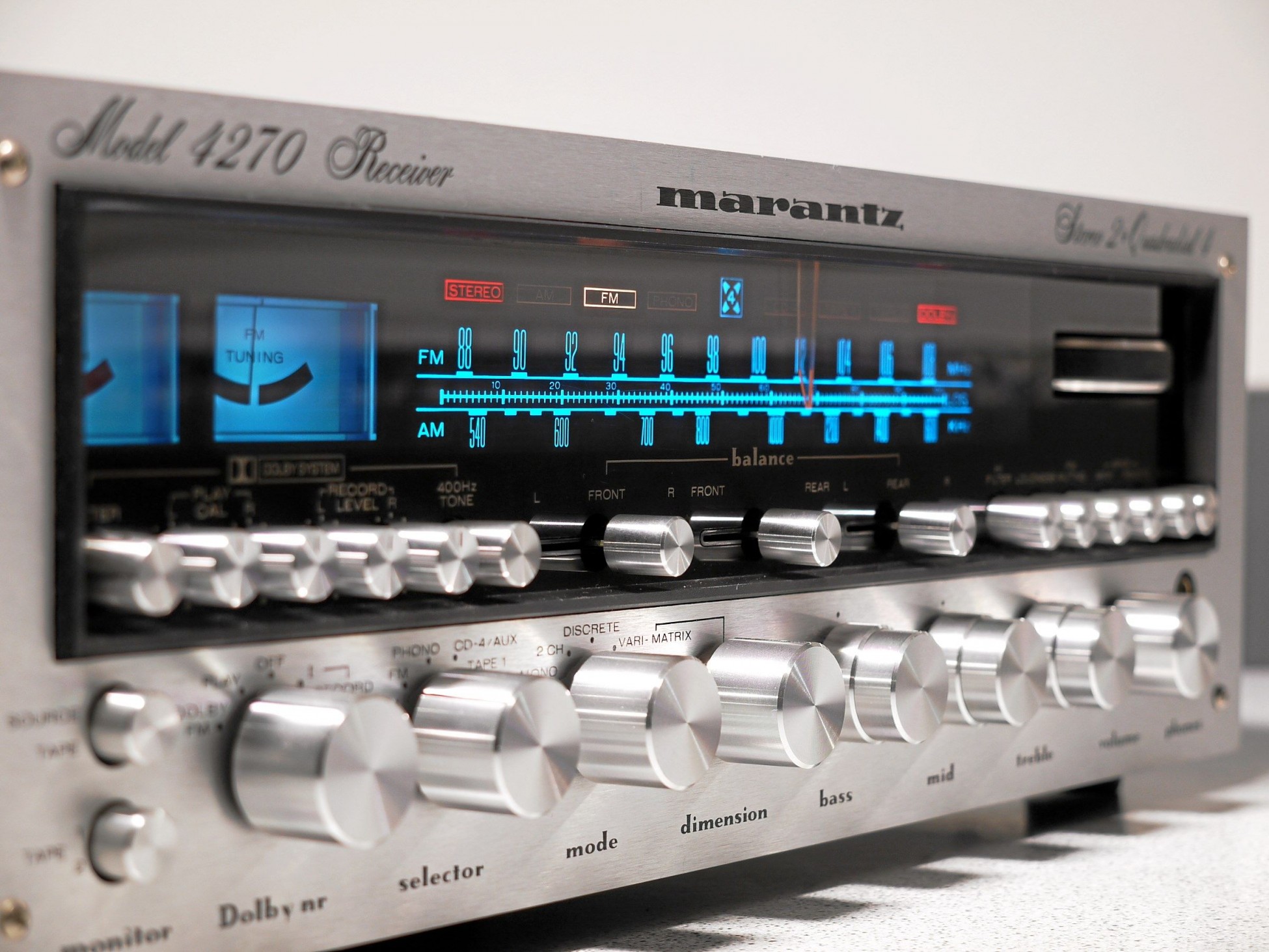In the realm of telecommunication, there are typically two types of receivers: coherent receivers and non-coherent receivers.
1. Coherent Receivers: These are more complex and require a reference signal that is identical to the carrier wave of the received signal. This allows the receiver to mix the received signal with the reference signal, a process that recovers the original modulation. Coherent receivers offer the best reception quality but require precise synchronization between the received signal and the reference signal.
2. Non-Coherent Receivers: These are simpler and do not require a reference signal. They detect the presence of a signal by measuring the power of the received signal. Although they are easier to implement, they do not offer the same level of reception quality as coherent receivers.
Each type has its own advantages and disadvantages, and the choice between them often depends on the specific requirements of the communication system.
